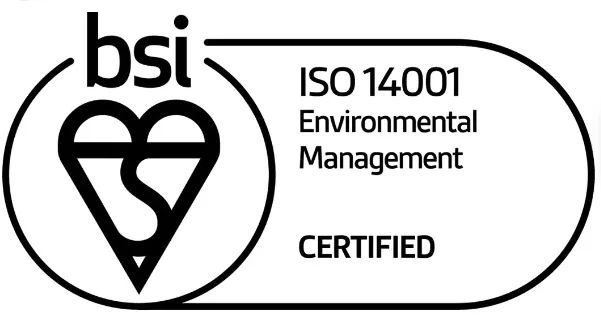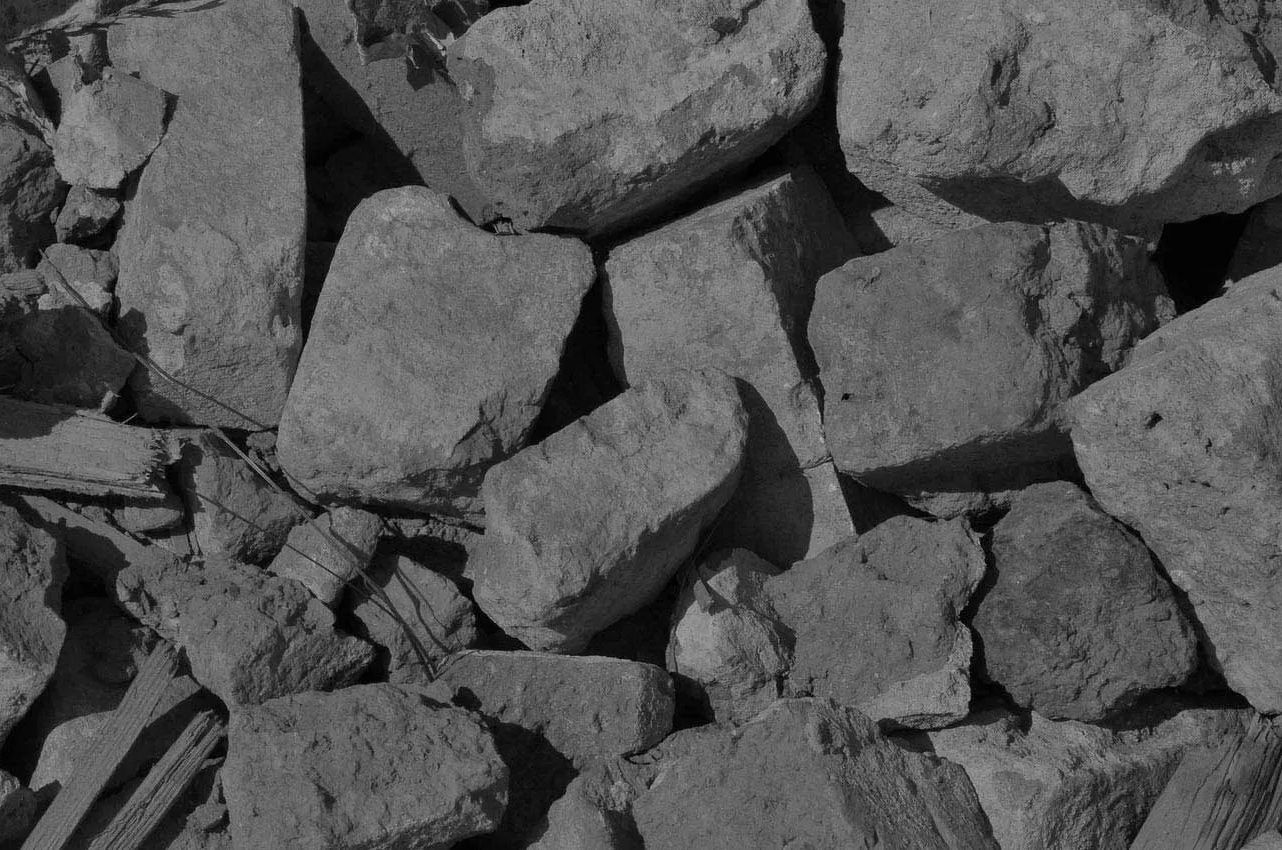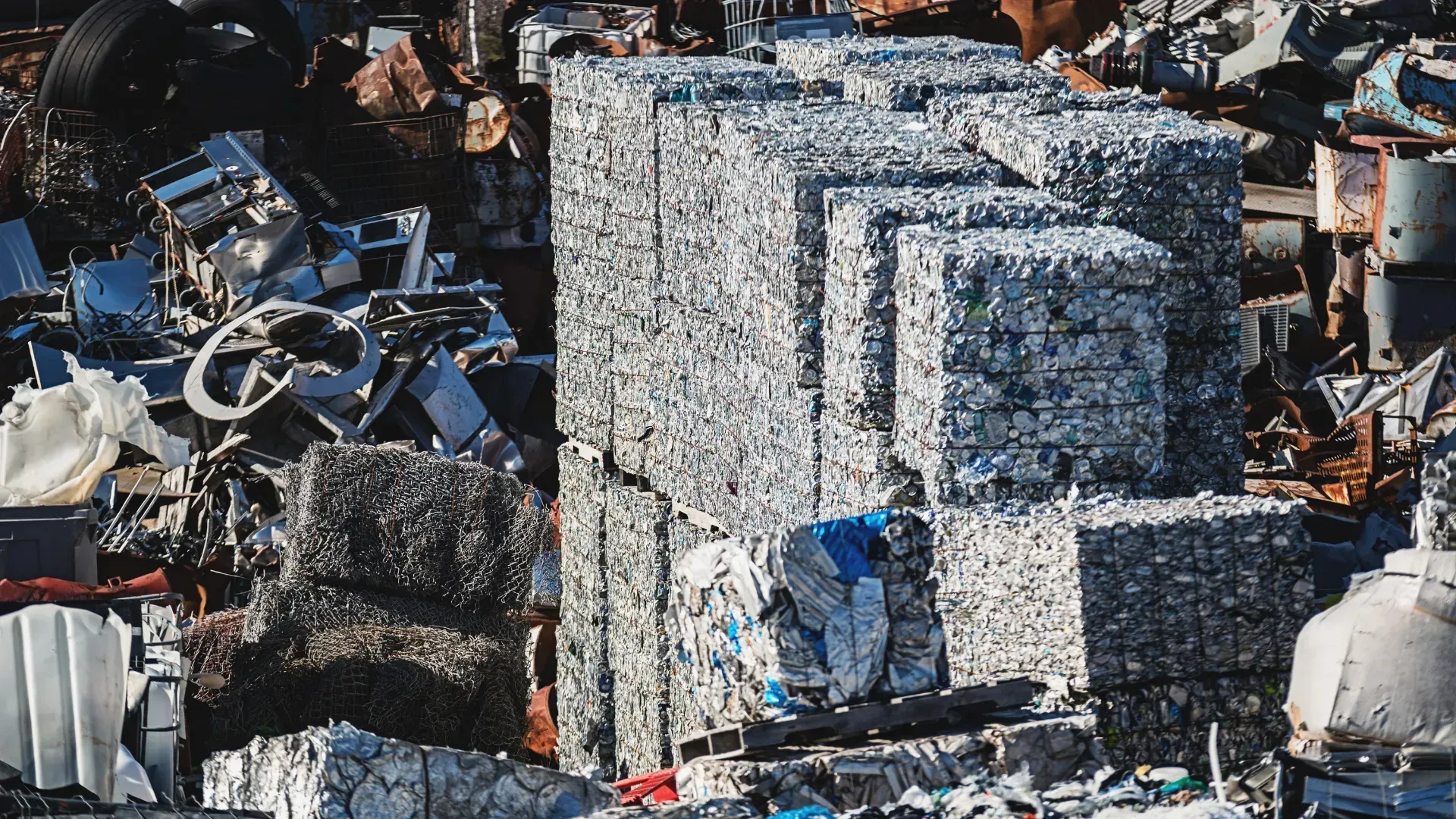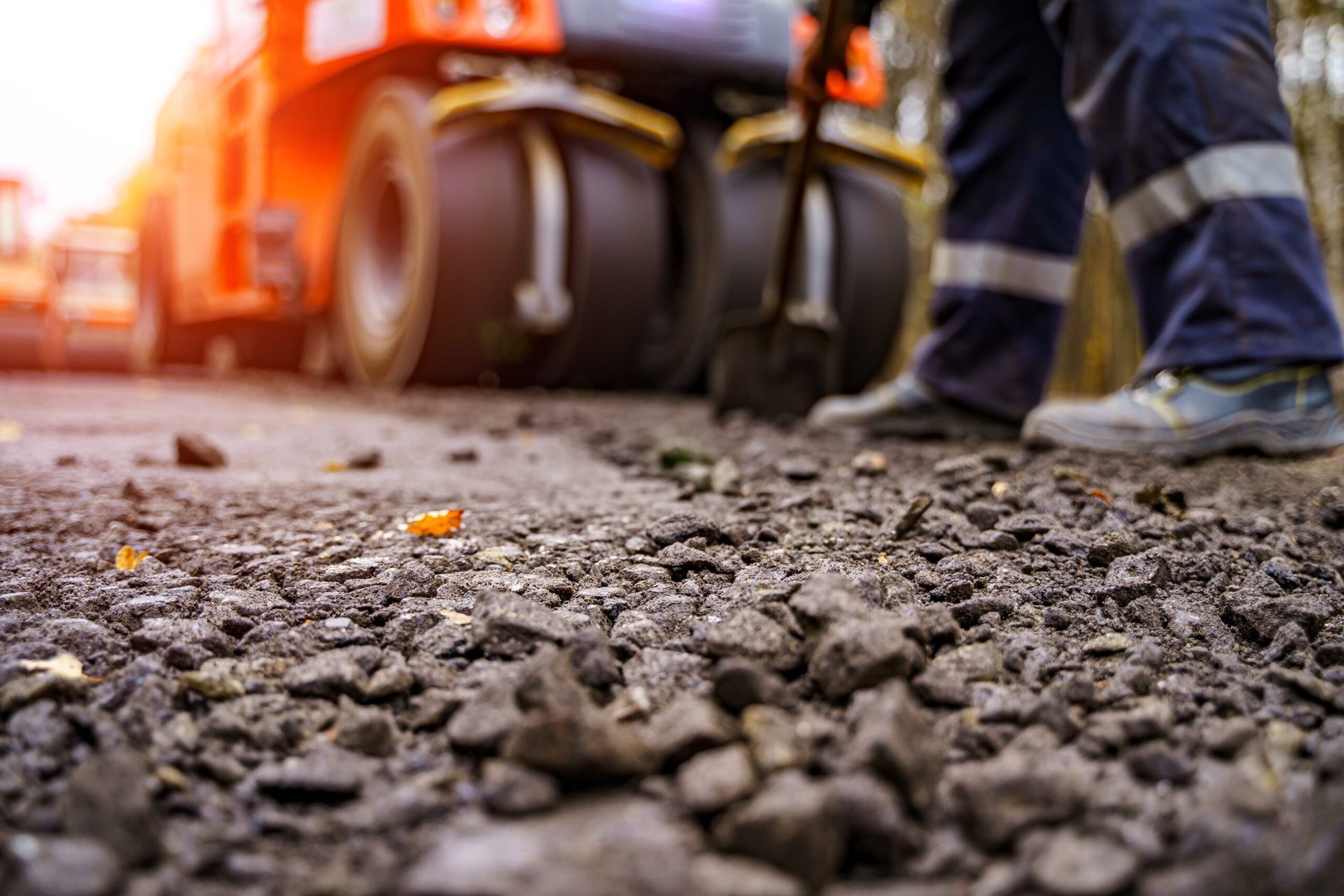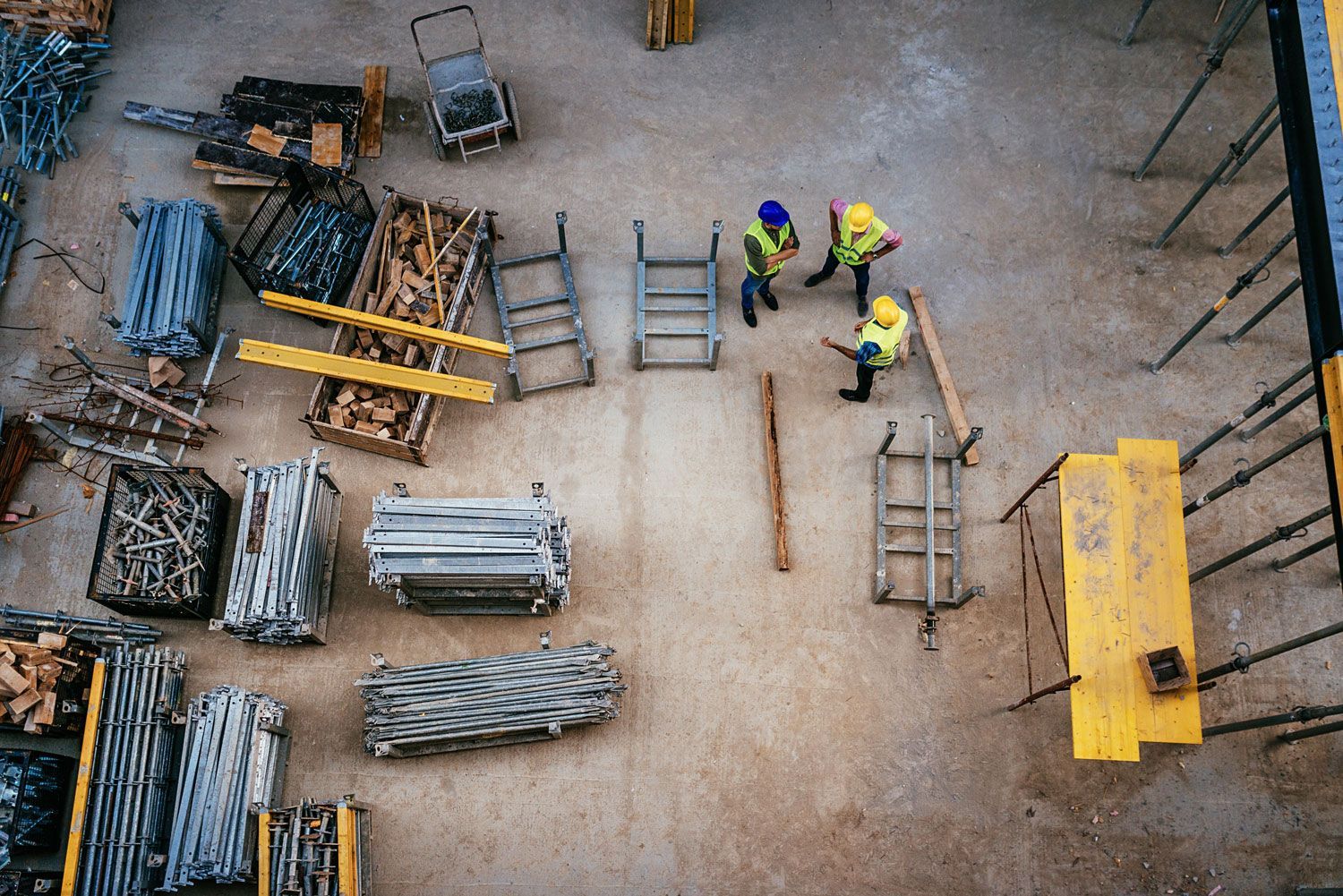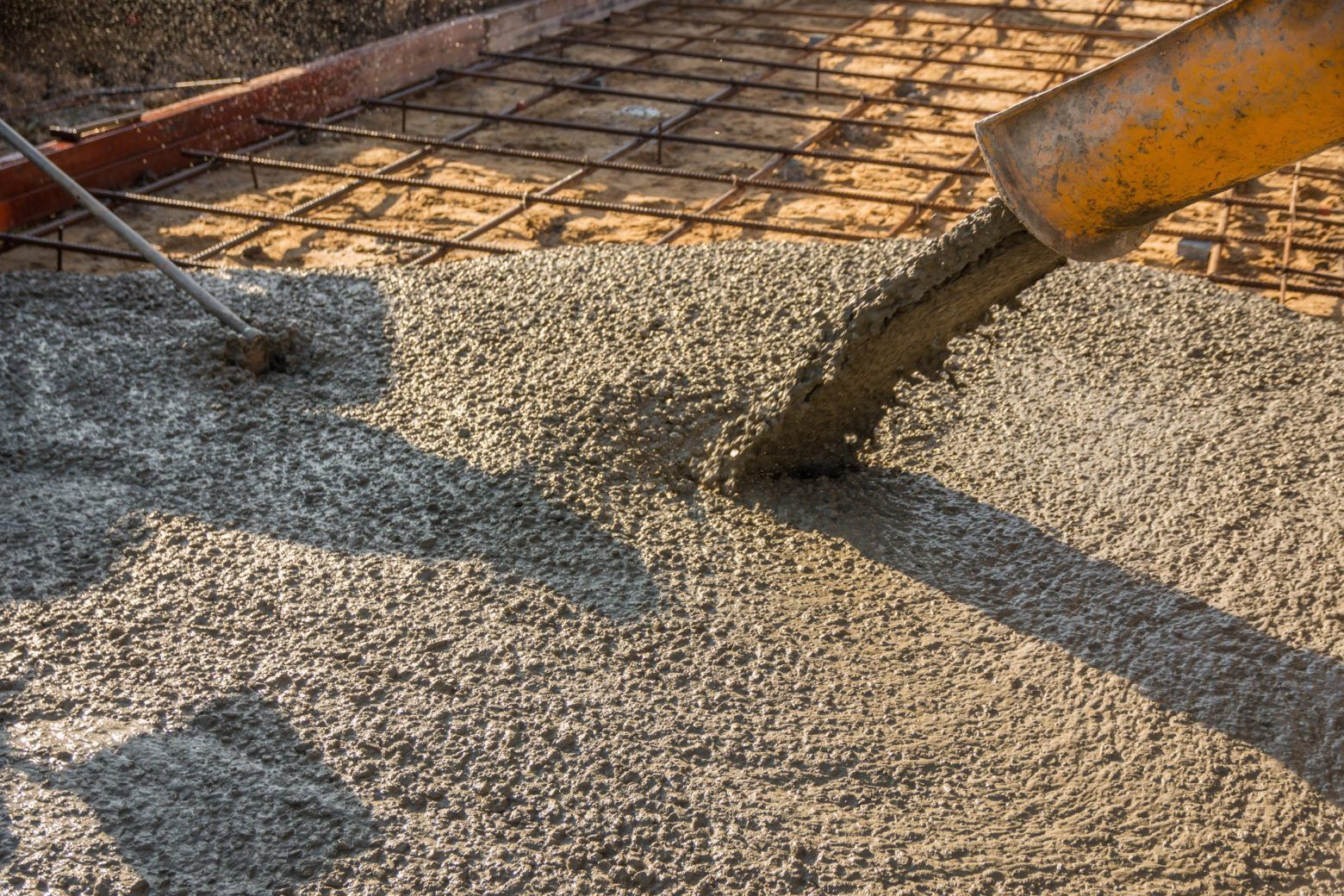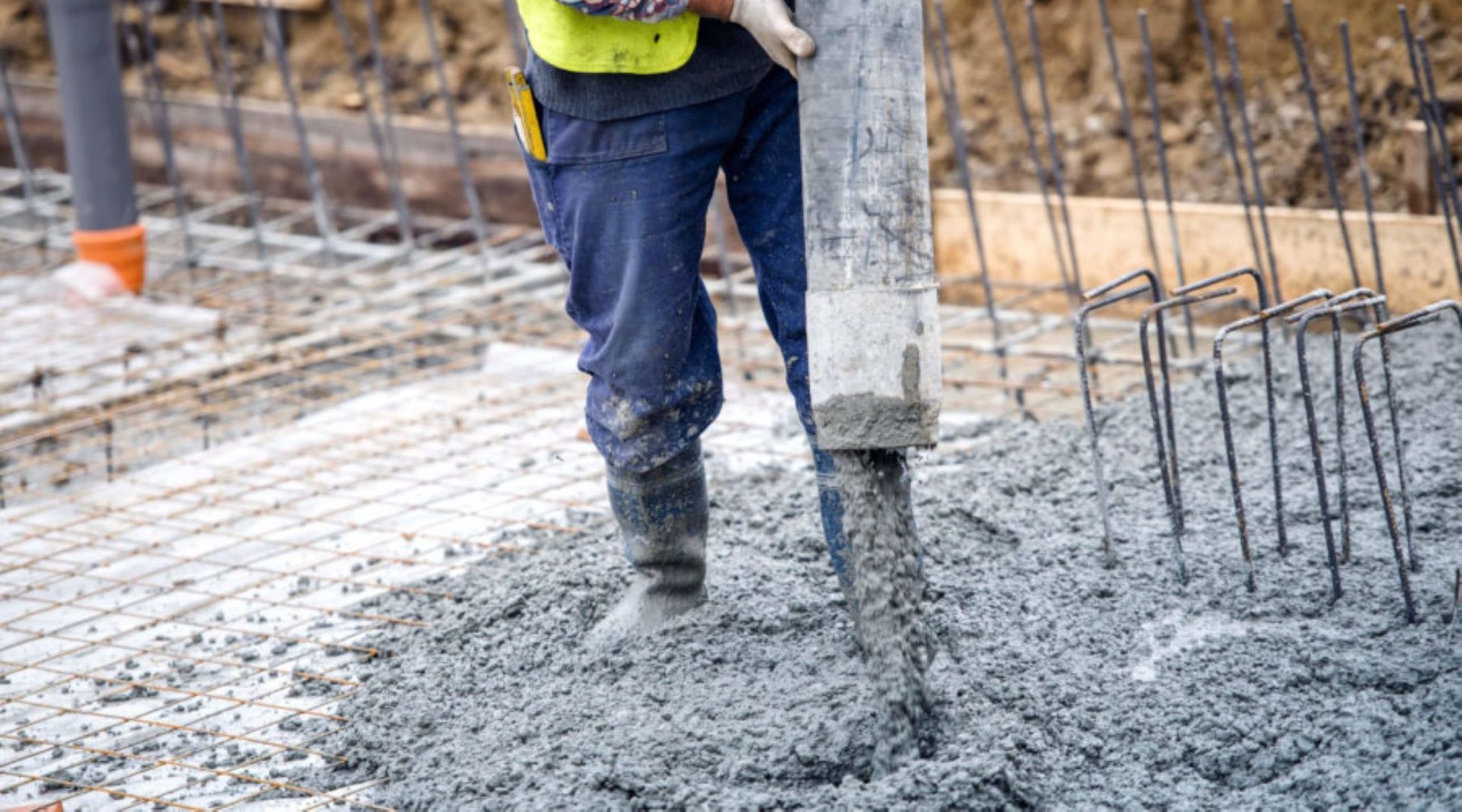A Guide to Operating More Sustainable Construction Practices
If you run a construction business, then there are various reasons why you may decide to start operating more sustainably.
For one, there is increasingly more pressure on the industry as a whole to reduce the large impact it has on the environment. As for pressure on a smaller scale, many customers are looking for contractors and construction companies that utilise more environmentally friendly methods when meeting their building needs.
If you’re looking to reduce the carbon footprint of your business and thus have an advantage over your competitors, then this is the guide for you. Read on for our top tips on how you can operate more sustainable construction practices and the benefits of doing so.
Benefits of Sustainable Building
Environmental Benefits
The most obvious benefit of sustainable building practices is because of the reduced environmental impact these have.
Sustainable building prioritises the conservation of natural resources, the reduction of greenhouse gas emissions and the reduction of pollution - including noise, air, water and earth pollution. The more construction businesses that adopt the sustainable procedures that focus on these priorities, the less the overall impact on the environment the industry will have as a whole.
Cost Savings
Operating sustainably can actually save you money as a business. By conserving your water usage, using energy efficient equipment and utilising local resources and materials, you’ll find that your operational costs are likely to reduce. This allows you to invest more money into your business elsewhere.
Furthermore, this can also save money for your customers. The more energy and water efficient the buildings you create are, the less they may cost to upkeep for occupants.
Enhanced Business Image
Reputation is key to any business - especially for contractors, who rely on positive reviews and word-of-mouth to maintain consistent business.
Undertaking sustainable construction practices can demonstrate your commitment to being environmentally responsible, which in turn can foster a positive business image amongst both existing and potential customers - one that sees them choosing your business over your competitors. This can subsequently see you receiving more clients, thus spreading awareness of your business further and ultimately leading to more potential revenue.
Increased Property Quality
Naturally, when using more sustainable materials, designs and methods in the buildings you construct, the buildings themselves tend to be of a higher quality and calibre - boasting environmental benefits over traditional buildings. This is favoured on the market, with buyers prepared to pay more for the benefits such a building offers.
This can in turn be seen as a benefit for your business, since potential clients may favour you when looking to construct buildings or extensions that can yield a high return for them on the property market.
Top Sustainability Tips
Source Local Materials
If there’s one particular aspect of construction that has a significant impact on the environment, it’s transport. If you’re completing a project at one end of the country and are sourcing your materials from the other, then the transportation that these will undertake results in significant emissions being released into the atmosphere.
By sourcing as many of your materials as locally as possible, you can notably reduce the emissions associated with their transportation, since they’ll have less distance to travel. Not only that, but you’ll also benefit from reducing the costs and time involved with this. Furthermore, this allows you to build a strong relationship with a local company that you can rely on for your material sourcing needs.
If you work in Central Scotland, then you may source your materials from a local company that sells concrete, stone and aggregates in Glasgow - such as Thompson Quarries.
Consider the Materials You Use
Not only should you consider where you source your materials from, but you should also consider what materials you are using.
For example, consider using:
● Recycled material (e.g. recycled concrete, aggregates, glass)
● Timber from sustainable forests
● Low-carbon concrete
● Bamboo
● Reclaimed wood
● Natural insulation materials (e.g. cellulose, flax)
These materials are either more sustainable or have a lower impact on the environment compared to traditional construction materials.
Prioritise Sustainable Transportation
Speaking of transportation, there are other ways you can reduce the impact this has. For example, consider the transport for your workers.
Rather than all your workers arriving separately to site, encourage them to operate a vehicle-share system or public transport (if and where possible), which will help to reduce their individual and collective carbon footprints.
You may also consider investing in an electric van, rather than a diesel-fueled one. This reduces your personal transport emissions entirely.
Dispose of Waste Considerately
Waste disposal is another aspect within construction that can have a negative impact on the environment. Lots of construction waste is often sent to landfill, rather than disposed of sustainably. To avoid the negative impact this has, you should instead prioritise:
- Reducing your overall waste produced
- Recycling/reusing as much waste as possible
Some ways you can ensure this is by:
● Careful planning
● Deconstructing rather than demolishing
● Segregating waste by materials
● Reusing waste where possible
● Using a trusted waste disposal company
You can learn more about this in our guide to construction waste disposal.
Use Resources Effectively
In order to operate more sustainably, a lot of planning should go into your processes before you actually undertake them.
One thing you should think about is how to use all the resources you have to hand as effectively as possible to ensure you get the most benefit out of them, whilst keeping environmental impact and waste to a minimum.
For example, you could implement strategies to keep your water consumption to a minimum, such as using rainwater harvesting systems, using water-saving devices and water-efficient landscaping. Similarly, keep track of all your resources to be sure that you don’t under or over-order anything (resulting in unnecessary transport or waste) and be ready to reallocate resources to alternative projects if they’re no longer needed.
Invest in Efficient Equipment
It’s not just the materials you use that can have an impact on the environment, but the equipment you use.
Whilst the upfront costs tend to be higher, investing in energy-efficient equipment is often more effective, which results in both saving you more money and reducing your carbon footprint later down the line by using less energy overall.
You could further reduce the overall energy consumption of your business by using renewable sources, where possible, to power your tools and equipment.
Implement Green Design Strategies
In prioritising sustainably throughout the construction process, green design strategies don’t only reduce your impact on the environment, but they consequently create more sustainable buildings.
Of course, there will be limitations to the design and construction of a building based on your client’s requirements, but you can discuss with them the various options that can enhance the building’s sustainable nature and how this can be incorporated into their vision.
Such options may include:
● Building orientation - this maximises natural daylight and ventilation to reduce reliance on artificial lighting and heating/cooling systems.
● Passive design - strategies such as solar shading and thermal mass can help improve energy efficiency within a building.
● Energy modelling - this identifies how the energy consumption in a building can be improved by assessing its potential energy consumption.
● Green roofs - introducing vegetation to a roof can reduce energy costs, water runoff and noise pollution whilst improving energy efficiency and increasing biodiversity.
Thompson Quarries: Your Trusted Local Supplier
When adapting your business approach and processes to operate more sustainably, you likely won’t make all the changes we’ve listed above immediately - making such changes can take time. If you’re going to start somewhere, start by working with a local supplier you can trust.
Here at Thompson Quarries, we offer a range of quality sand, gravel and stone products, including reclaimed stone and recycled aggregates - environmentally friendly materials that can be used in your construction projects. By utilising our haulage services, we’ll deliver all the materials you require directly from our site in Glasgow to your location, wherever you’re based in Scotland.
Looking to streamline your waste management? We also operate a construction waste removal service, whereby we will recycle as much of your waste as possible, with any non-recyclable waste being responsibly disposed of at our sustainable landfill site located in Dumbarton.
If you’d like to learn more about our services, then get in touch with us today to see how we can work together.

